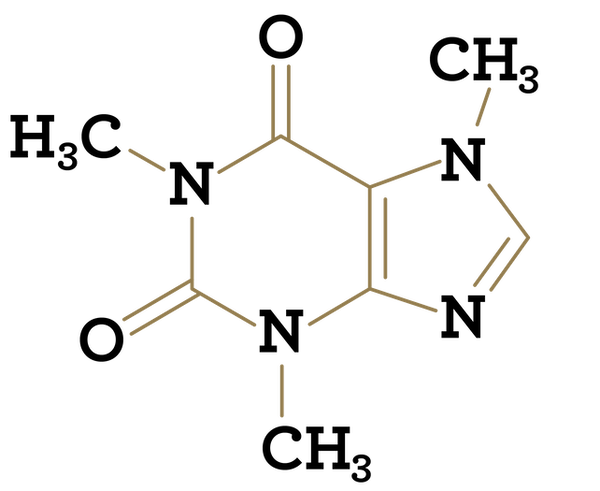Your Cart is Empty
FREE U.S. SHIPPING OVER $50 | INTERNATIONAL OVER $200
Menu
-
- Shop
- Wholesale
- Company
-
Origins
- YUNNAN | Xindi Pu'er Co.
- YUNNAN | Ma Wei Shan Tea Farm
- GUANGXI | Long Kou Tea Farm
- FUJIAN | Panlan Yancha Farm
- FUJIAN | Zi Ran Hong Smokehouse
- GUANGDONG | Lin Dancong Farm
- ZHEJIANG | Chengtan Longjing Farm
- ZHEJIANG | Yinyu Tea Farm
- JIANGXI | Xiao Qi Chrysanthemum Farm
- NEPAL | Kanchanjangha Estate
- KYOTO | Hori Tea Farm
- KYOTO | Nakai Seichajo
- SHIZUOKA | Mukoujima Tea Cooperative
- NAGASAKI | Sonogi Matcha Farm
- About
- Merch
- Careers
-
Origins
- Guidance
-
- Login

0
Your Cart is Empty


 Steeping parameters—that's tea weight, water temperature, and steep time—are what make most of the difference in extracted caffeine content.
Steeping parameters—that's tea weight, water temperature, and steep time—are what make most of the difference in extracted caffeine content.